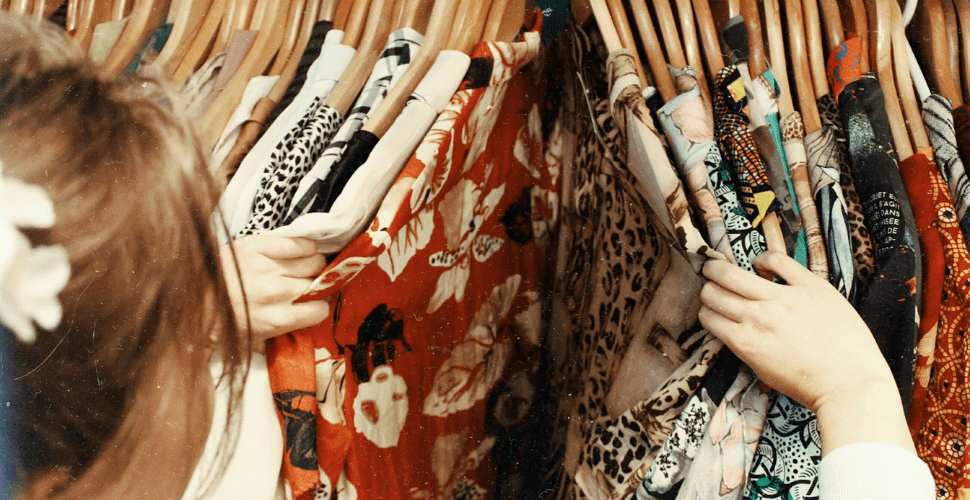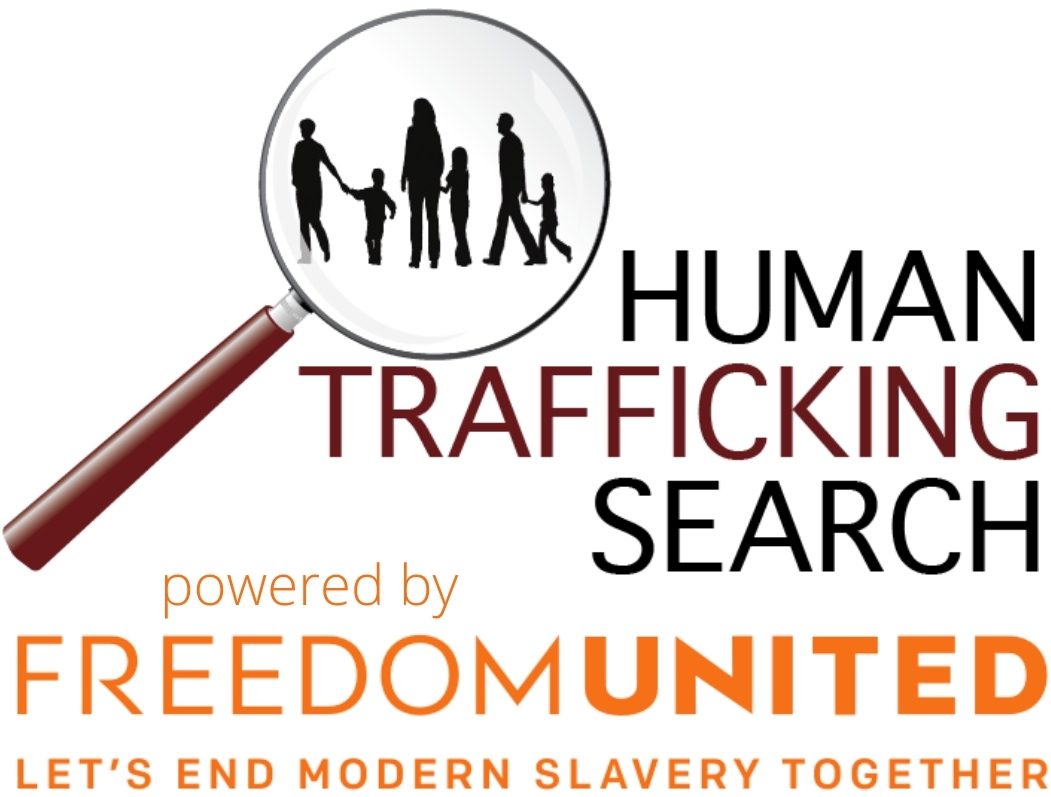
Insider shares the “staggering human cost” of fast fashion
“Who made this and at what cost?” That’s the question the whistleblower and author of a recent article in CBC asks himself now each time he makes a clothing purchase. Previously employed in the Bangladesh garment industry, Itrat Anwar witnessed first-hand that the true price of fast fashion can’t be measured in dollars and cents. Instead, he says, the price is one you can’t see but can be counted in human lives lost or wasted working under modern slavery.
“From boardrooms to boiler rooms, what I saw there shook me”
When Anwar finished his MBA in his native Bangladesh, he took a job at a company that sold machinery to local garment factories. His role gave him unprecedented access to not just the management side of the industry, but the worker’s side as well. For 5 years he walked through roaring sewing lines and sat with workers in crowded factory canteens.
Anwar said what he saw were people working in unbearable conditions for wages so low they could barely survive. He realized most people, himself included, were blissfully ignorant about where the clothes they purchased came from. Even worse, they were oblivious to the price others were paying for them.
Anwar stated:
The Western world often talks about “ethical” fashion…but the reality I witnessed was different. While these companies publicly called for higher standards, it appeared to me that the priorities were cheap labor, fast delivery and massive profit margins.
The garment industry in Bangladesh is one of the world’s largest. It is also a huge employer with more than three million people, mostly women, working in the sector. And it brings in $46 billion US annually to the country on average. Thousands of workers pour into the factory every day to earn paltry wages that barely allow them to feed their families, Anwar says.
